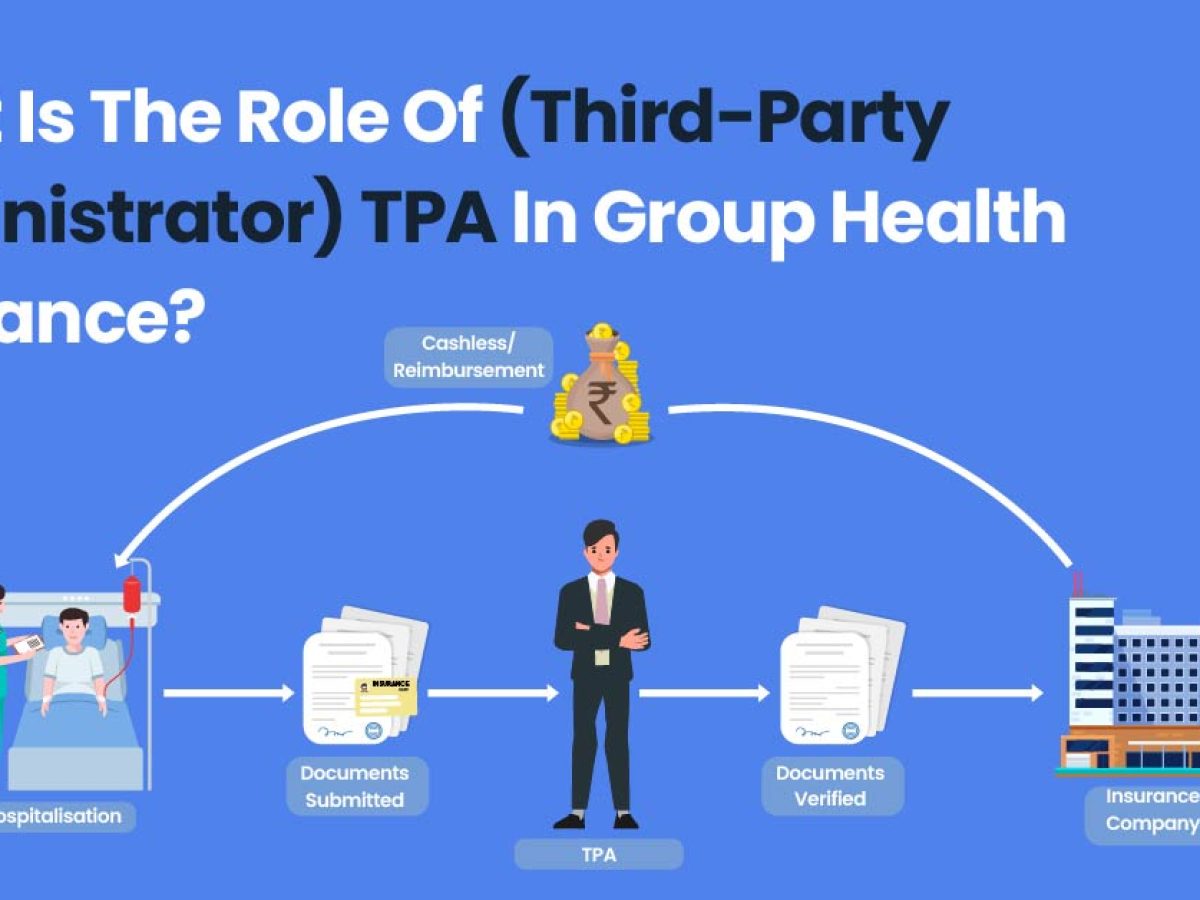About Pacific Prime
About Pacific Prime
Blog Article
The Of Pacific Prime
Table of ContentsAn Unbiased View of Pacific PrimePacific Prime Can Be Fun For AnyoneThe Best Guide To Pacific PrimePacific Prime Can Be Fun For EveryonePacific Prime Fundamentals Explained

This is because the information were accumulated for a period of strong financial efficiency. Of the approximated 42 million people who were without insurance, just about regarding 420,000 (regarding 1 percent) were under 65 years of age, the age at which most Americans become qualified for Medicare; 32 million were adults in between ages 18 and 65, around 19 percent of all adults in this age; and 10 million were children under 18 years of age, concerning 13.9 percent of all children (Mills, 2000).
These estimates of the number of persons without insurance are created from the annual March Supplement to the Current Population Survey (CPS), performed by the Demographics Bureau. Unless or else noted, national price quotes of individuals without medical insurance and percentages of the populace with various sort of coverage are based on the CPS, the most widely utilized source of quotes of insurance policy protection and uninsurance prices.
The Pacific Prime Ideas

Still, the CPS is particularly helpful since it produces annual quotes fairly rapidly, reporting the previous year's insurance protection estimates each September, and due to the fact that it is the basis for a regular set of estimates for greater than twenty years, permitting evaluation of patterns in coverage with time. For these reasons, as well as the considerable use of the CPS in other researches of insurance protection that are offered in this report, we depend on CPS price quotes, with constraints noted.

The quote of the number of uninsured individuals expands when a populace's insurance coverage status is tracked for numerous years. Over a three-year period starting early in 1993, 72 million people, 29 percent of the U.S. https://www.evernote.com/shard/s546/sh/8f1cd5bd-5293-5c41-de17-4bdd133c2512/Ys4FLzdj5gxe0L6dvStII_pnIFGb0LUfGOCEfmyJ1KpgM_HY42MlBLvtpg. population, were without insurance coverage for a minimum of one month. Within a solitary year (1994 ), 53 million individuals experienced at least a month without insurance coverage (Bennefield, 1998a)
Six out of every 10 without insurance adults are themselves used. Functioning does improve the probability that one and one's family participants will have insurance policy, it is not a guarantee. Also members of households with 2 full time wage income earners have nearly a one-in-ten chance of being without insurance (9.1 percent uninsured price) (Hoffman and Pohl, 2000).
A Biased View of Pacific Prime
New immigrants make up a substantial percentage of people without medical insurance. One analysis has associated a considerable section of the current development in the size of the U.S. uninsured population to immigrants who showed up in the nation in between 1994 and 1998 (Camarota and Edwards, 2000). Current immigrants (those that came to the United States within the past four years) do have a high rate of being uninsured (46 percent), but they and their kids account for just 6 percent of those without insurance coverage across the country (Holahan et al., 2001).
The partnership in between wellness insurance policy and accessibility to care is check this well developed, as recorded later on in this phase. The partnership between health insurance and wellness end results is neither direct nor simple, an extensive professional and health and wellness solutions study literary works web links wellness insurance coverage to improved accessibility to care, much better high quality, and improved individual and population wellness condition.
Levels of evaluation for taking a look at the impacts of uninsurance. This discussion of medical insurance protection focuses primarily on the united state population under age 65 due to the fact that essentially all Americans 65 and older have Medicare or other public insurance coverage. It concentrates specifically on those without any kind of health insurance policy for any size of time.
The Single Strategy To Use For Pacific Prime
The problems encountered by the underinsured are in some respects comparable to those dealt with by the without insurance, although they are typically less extreme. Health insurance, however, is neither required nor sufficient to get access to medical solutions. The independent and straight effect of health insurance coverage on accessibility to health services is well developed.
Others will certainly acquire the health care they need also without medical insurance, by paying for it out of pocket or seeking it from companies who offer treatment complimentary or at extremely subsidized rates. For still others, medical insurance alone does not guarantee invoice of care because of various other nonfinancial barriers, such as a lack of healthcare suppliers in their neighborhood, minimal access to transportation, illiteracy, or etymological and cultural differences.
8 Easy Facts About Pacific Prime Shown
Official research about without insurance populations in the United States dates to the late 1920s and early 1930s when the Board on the Expense of Medical Treatment created a series of records concerning funding doctor workplace visits and hospital stays. This concern became prominent as the numbers of clinically indigent climbed up during the Great Anxiety.
Report this page